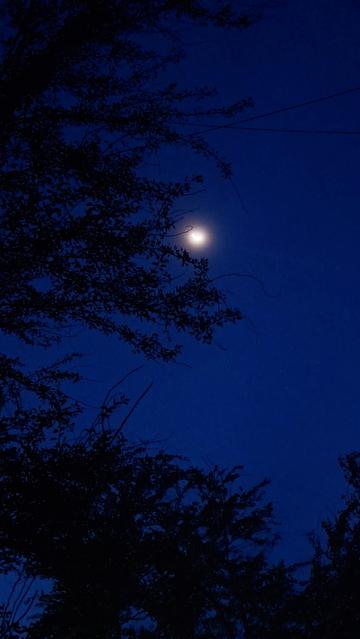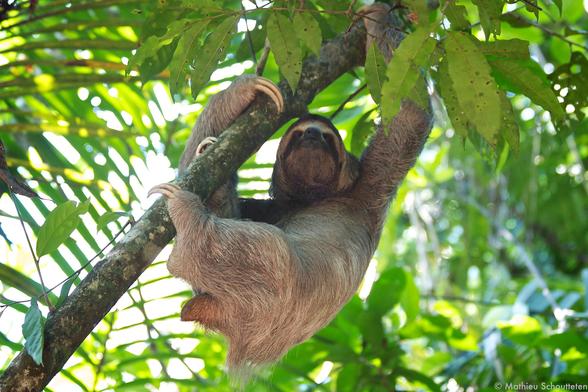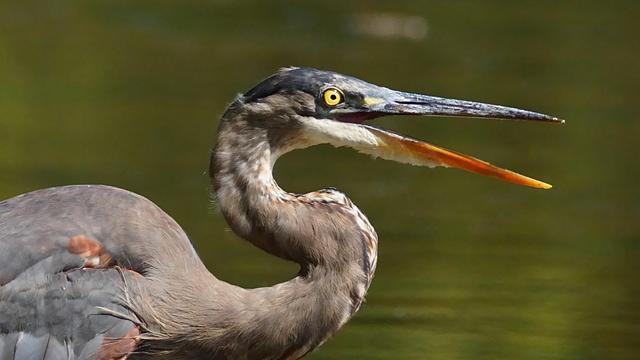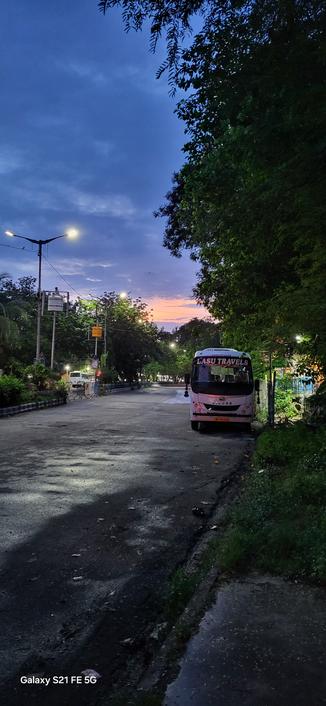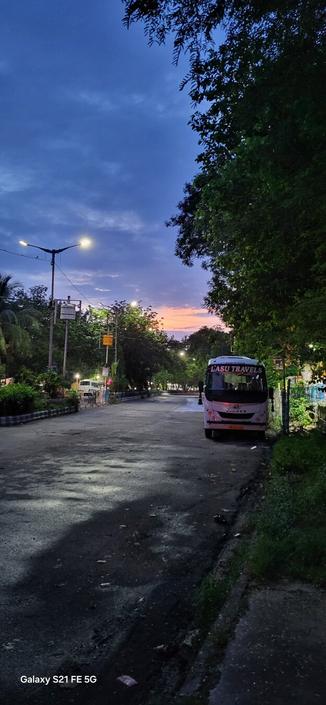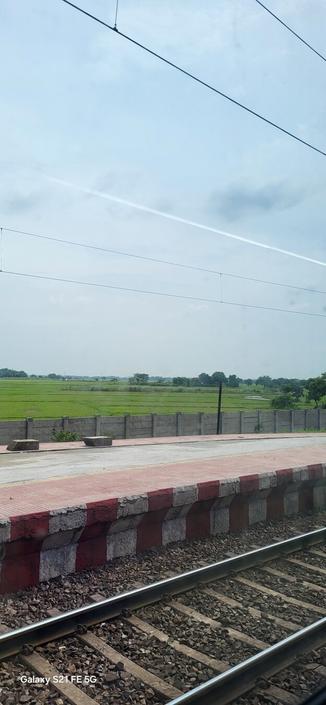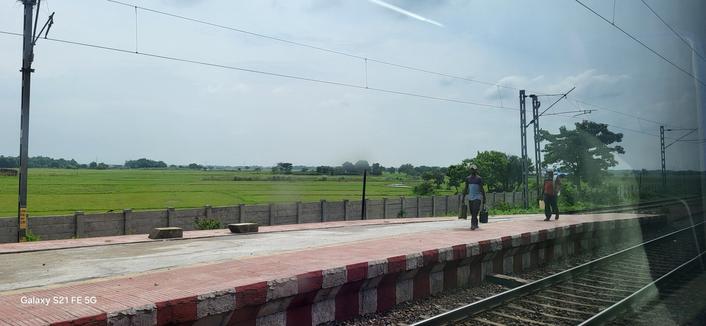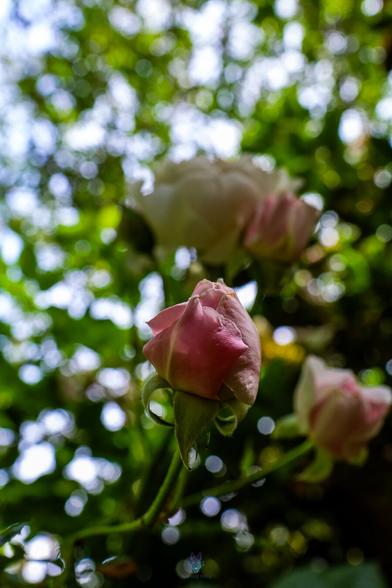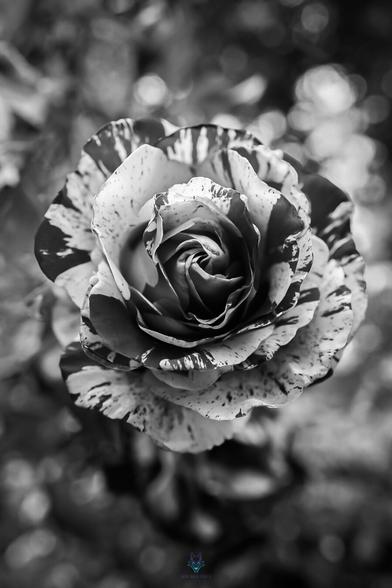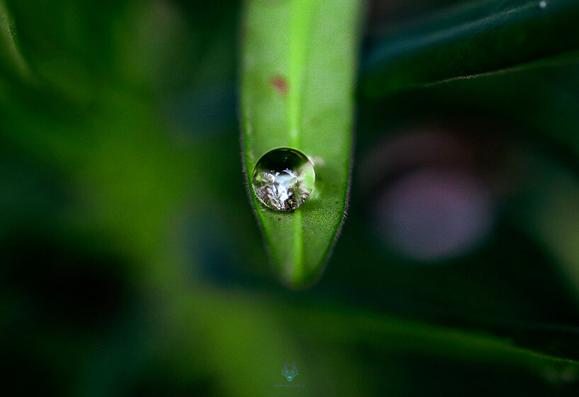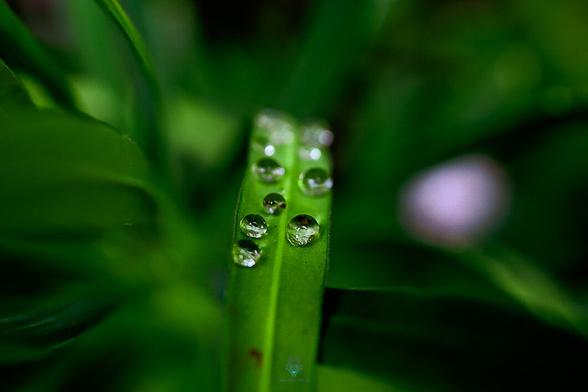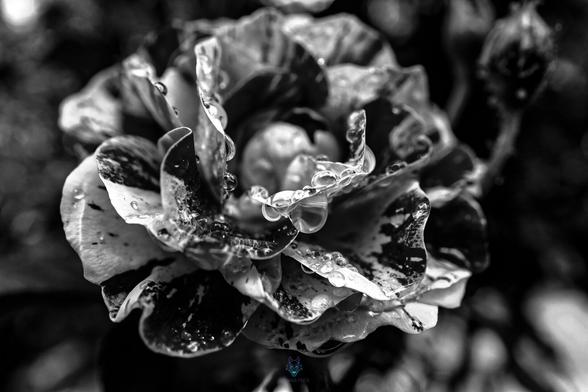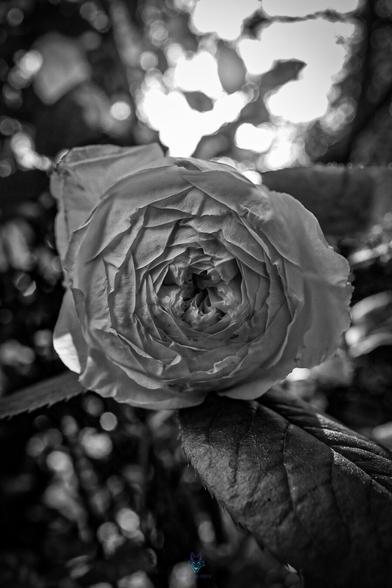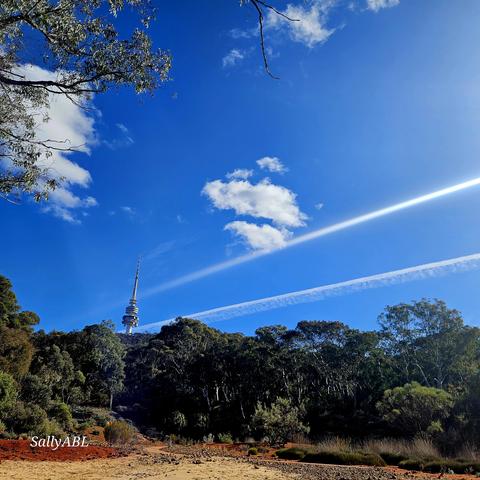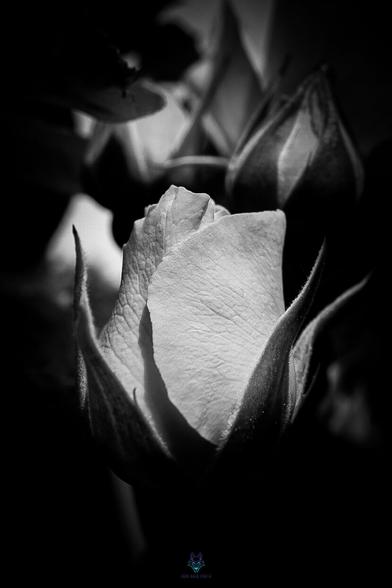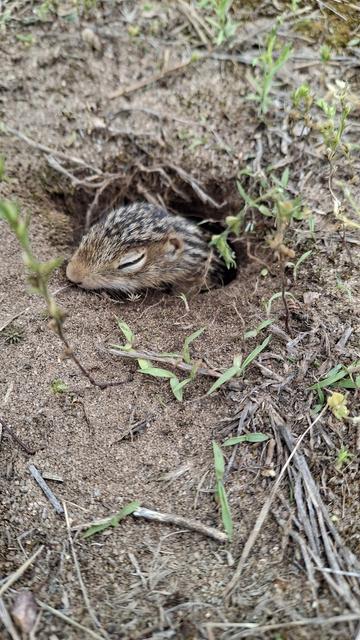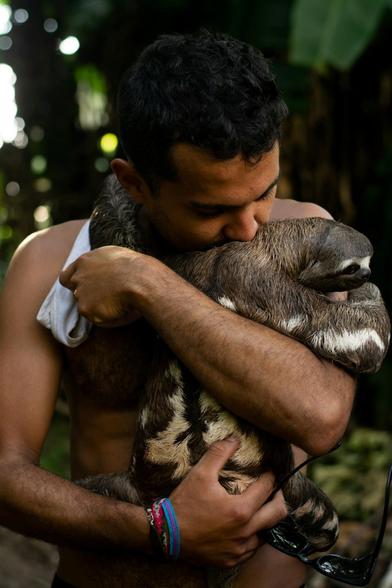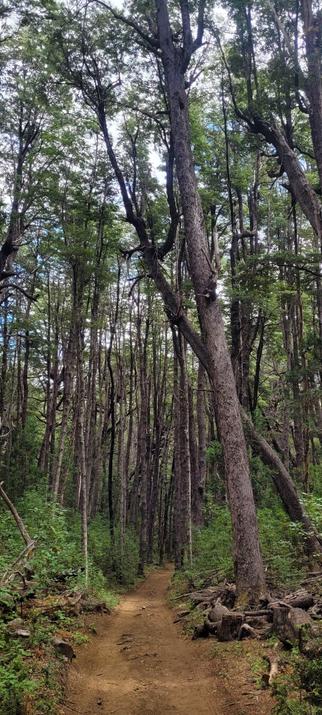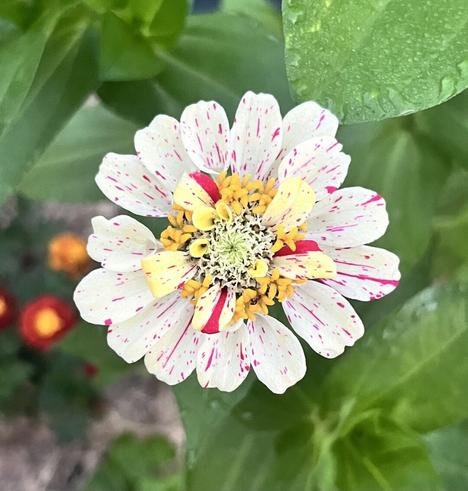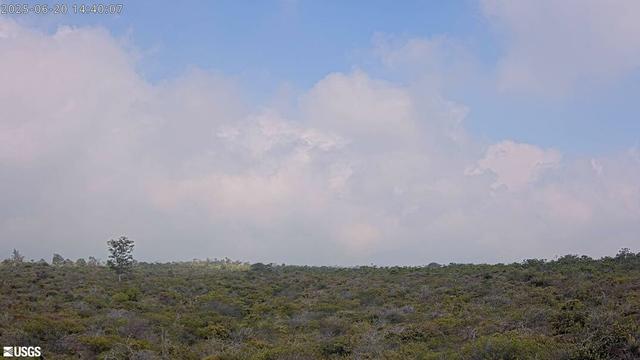#Nature
Dear sloth fans,
Your hourly sloth is here.
This picture is from Mathieu Schoutteten and can be found here: https://www.flickr.com/photos/mathieu_schoutteten/20820373955/in/photolist-4pKcwR-31d2D5-Moqb9-cJwkAm-586He-cJwn6y-UUVVnN-7nxJEy-5j9c4U-MoqrS-74mUeq-Moqb3-8SW9vK-Viswq2-2VuEui-ec49y8-5FUurD-aiBMqa-5fjwS3-ioAdP-MoqaS-AqH2t-2eLWJCY-9jruKQ-6z4F9u-EPrSu-x2Fwe-2FyXnW-2r1GdJ-Cnp1X-Moqbd-6SLP7m-ag4PQF-Moqsd-5GfDsi-5WERnA-MoASX-MoBvK-f6pt7E-xHPRNK-MoqrW-MoqrC-vEVW-f6acvk-f6acAF-a7FN9-a7FF8-26Twb-5GfDtg-2ooXvwL/
It is licensed under CC BY-NC-ND 2.0 Deed (https://creativecommons.org/licenses/by-nc-nd/2.0/).
Have fun! Your hourly sloth bot
by @faultierflora
#sloth #cutesloth #nature #naturschutz #umwelt #bundnaturschutz #faultier #faultierliebe
Way close
#nature #water #bridge #India #photography #trains #train #photo #naturephotography
#canonphotography #canonusa #macro #macrophotography #dew #green #nature #outdoors
Marking today's winter solstice with this photo taken last weekend at the Botanic Gardens in Canberra.
I never tire of taking photos of the tower and love the angle here and the clear, bright blue sky behind it and trees below. White streaks running across the image from right to left, seeming towards the tower, add interest.
#Winter #Canberra #Australia #Landscape #Nature #Photography #TelstraTower #CBR #Skyscape #WinterSolstice
Happen to have some brand new ground squirrels at our campsite. #wildlife #nature #groundsquirrels
Happy Solstice!
Greetings fellow humans,
Your hourly sloth is here.
This picture is from Alejandro Om and can be found here: https://www.pexels.com/de-de/foto/natur-mann-tier-kuss-11099311/
It is licensed under Pexels license (https://www.pexels.com/de-DE/lizenz/).
Have fun! Your hourly sloth bot
by @faultierflora
#sloth #cutesloth #nature #naturschutz #umwelt #bundnaturschutz #faultier #faultierliebe
It's extremely difficult to record fireflies. I hope your vision is good enough to see them.
#garden #gardening #nature #naturephotography #photo #flower #pollinator #native #nativeplants #summer #petals #sustainable #pollinatorgarden #flowers #companion planting
Kilauea Summit from Mauna Loa Strip Road via https://volcanoes.usgs.gov/observatories/hvo/cams/panorama.php?cam=KPcam #volcano #nature
